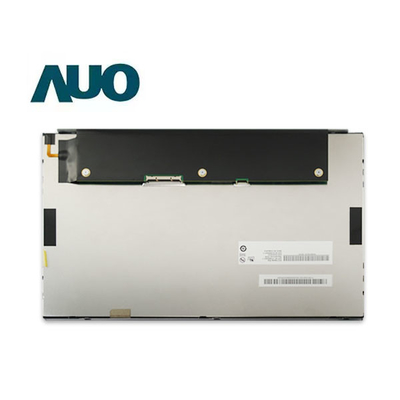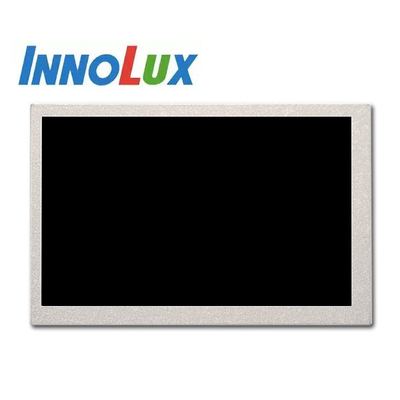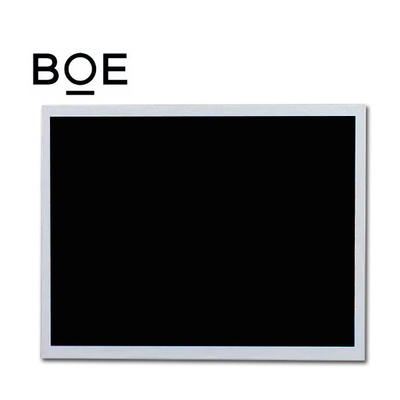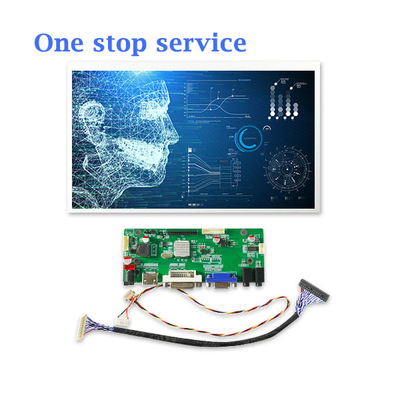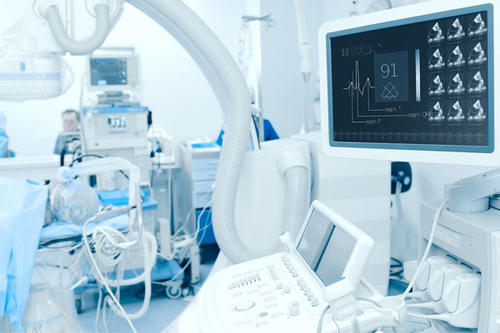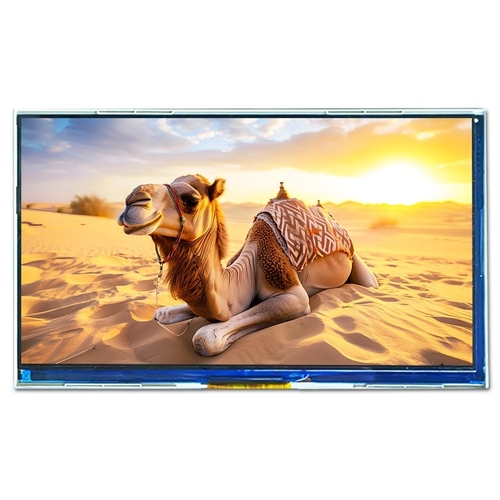Understanding the Function of Liquid Crystal Displays (LCDs)
2024-05-20
Understanding the Function of Liquid Crystal Displays (LCDs)
Shenzhen, China – May 20, 2024 – Liquid Crystal Displays (LCDs) have revolutionized the way we interact with electronic devices, becoming a fundamental component in everything from smartphones to televisions. Shenzhen Mingqi Display Technology Co., Ltd., a leader in advanced display solutions, delves into the intricate functions of LCD technology and its impact on modern electronics.
The Basics of LCD Technology
At its core, an LCD is a flat-panel display technology that uses the light-modulating properties of liquid crystals. Unlike traditional cathode ray tube (CRT) displays, LCDs are thin, lightweight, and power-efficient, making them ideal for a wide range of applications.
How LCDs Work
An LCD is composed of several key layers, each contributing to the display's overall functionality:
Liquid Crystals: The primary component of an LCD, liquid crystals, are organic compounds that have properties between those of conventional liquids and solid crystals. These molecules can be manipulated to control light passage.
Polarizers: Positioned at the front and back of the liquid crystal layer, polarizers filter the light waves, ensuring that only light with a specific orientation passes through.
Glass Substrates: Two glass substrates encase the liquid crystals. The inner surfaces of these substrates are coated with a transparent electrode material, typically indium tin oxide (ITO), which forms the pixel grid.
Backlight: LCDs do not emit light by themselves. Instead, they use a backlight to illuminate the display. Common backlight sources include LED (light-emitting diode) arrays, which offer high brightness and energy efficiency.
Color Filters: For color displays, a color filter is applied to create the red, green, and blue subpixels necessary for full-color imagery.
The Functioning Mechanism
The functioning of an LCD can be broken down into several steps:
Light Generation: The backlight produces white light, which travels through the layers of the LCD.
Polarization: The first polarizer filters the light waves, allowing only those aligned in a specific direction to pass through.
Voltage Application: Electrical signals are sent to the liquid crystals via the transparent electrodes. These signals control the orientation of the liquid crystals.
Light Modulation: As the liquid crystals align or twist in response to the applied voltage, they modulate the light passing through them. This modulation either blocks or allows light to pass through the second polarizer, creating the image seen on the screen.
Color Creation: In color LCDs, the modulated light passes through the color filters, creating the desired hues and producing the final image.
Advantages of LCD Technology
Energy Efficiency: LCDs consume less power than traditional CRT displays, making them ideal for battery-powered devices like laptops and smartphones.
Compact Design: The slim profile of LCDs allows for sleek, modern designs in electronic devices.
High Resolution: LCD technology supports high resolutions, offering sharp and clear images suitable for detailed work and high-definition entertainment.
Versatility: LCDs are used in a wide variety of applications, from small digital watches to large television screens and industrial displays.
Applications of LCD Technology
Consumer Electronics: LCDs are ubiquitous in consumer devices, including smartphones, tablets, and televisions, offering vibrant displays and touch screen capabilities.
Industrial Displays: In industrial settings, LCDs are used for monitoring systems, control panels, and instrumentation due to their reliability and clarity.
Automotive Displays: Modern vehicles feature LCDs in dashboards, infotainment systems, and rear-view mirrors, enhancing user interaction and safety.
Medical Equipment: LCDs are critical in medical devices for displaying vital information, ensuring accurate diagnostics and monitoring.
About Shenzhen Mingqi Display Technology Co., Ltd.
Founded in 2017, Shenzhen Mingqi Display Technology Co., Ltd. has rapidly become a leading provider of advanced display solutions. As authorized agents for renowned brands such as AUO, BOE, Innolux, Chimei, Tianma, and Mitsubishi, we offer a wide range of LCD and OLED products. Our experienced R&D team, with over 10 years in the industry, is dedicated to delivering high-quality, innovative display solutions.
For more information, please contact:
Shenzhen Mingqi Display Technology Co., Ltd. Phone: +86-138-2318-1658 Email: info@mingqidisplay.com Website:tftdisplayscreen.com
###
This press release aims to educate the public on the fundamental workings of LCD technology and its extensive applications across various industries, highlighting the critical role LCDs play in modern electronics.
Read More

 Your message must be between 20-3,000 characters!
Your message must be between 20-3,000 characters! Please check your E-mail!
Please check your E-mail!  Your message must be between 20-3,000 characters!
Your message must be between 20-3,000 characters! Please check your E-mail!
Please check your E-mail! 





